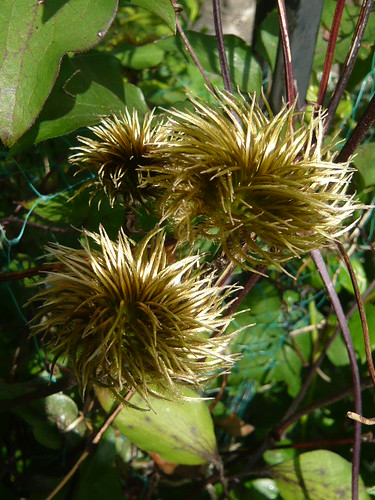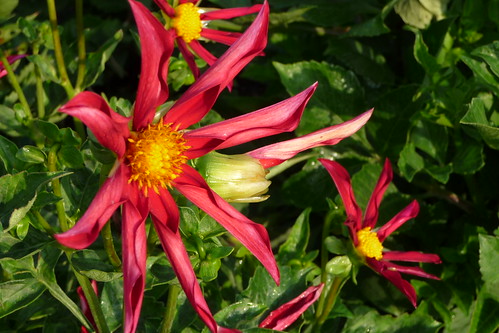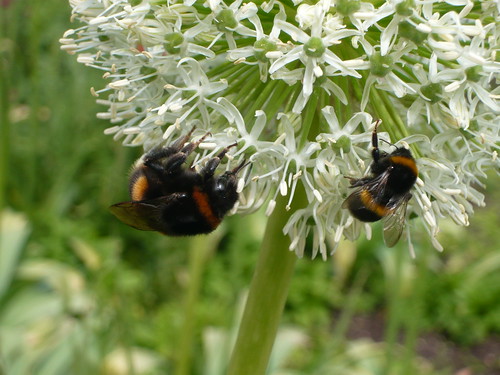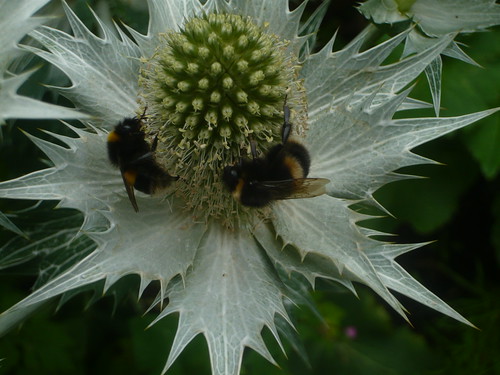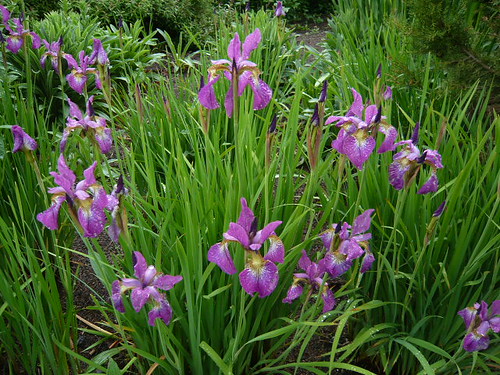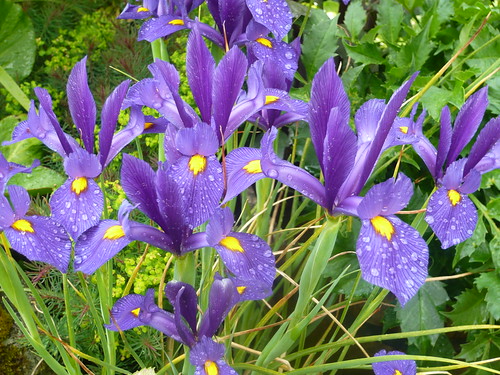Seedheads Worth Growing
Decorative gardens can benefit from growing seedheads for their own sake.
Flowers With Seedheads
- The clematis family produce a variety of interesting seedheads. Shortly after flowering the above heads looked truly golden in the afternoon sunshine. The fluffy seeds will eventually be dispersed from a ball of seeds that looks just as wooly.
- Honesty is aka Lunaria after the moon shaped seedhead. After the purple flower the green seedhead, shaped like an old penny or halfacrown in old money, looses the green covering to reveal a translucent white disc and ripe seeds. Even more decorative than the flowers and they can be picked as dried flowers.
- Rosehips make some of the most startling seedheads but then again berries are all seedheads of a sort. Below is a photo of Skimmia berries the main reason for growing these small shrubs
Grasses and Other Seedheads
- The natural look from planting a range of different ornamental grasses for their seedheads has become very popular.

